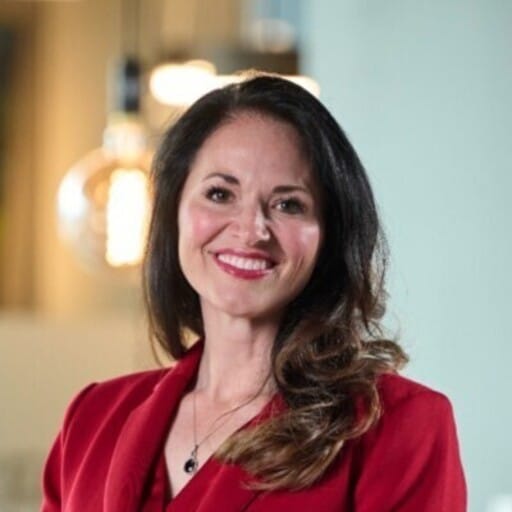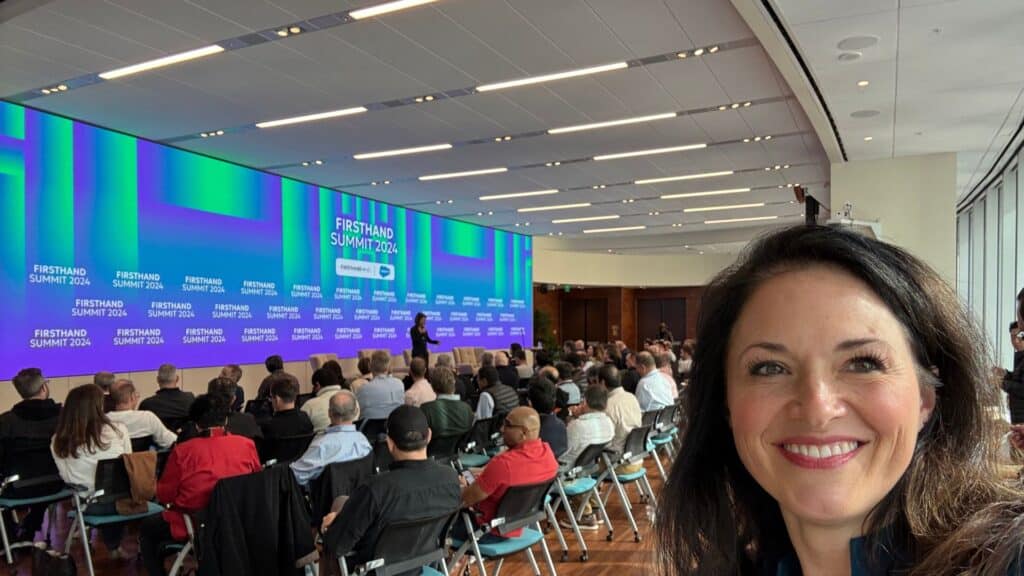There’s a principle in Stoicism that divides experiences into two categories: things you can control and things you cannot. This dichotomy of control applies to RevOps as well.
In RevOps, leaders must navigate a complex landscape where certain elements, like data governance, process automation, and strategic decision-making, are within their control. These are tools leaders can use to ensure data integrity, streamline operations, and drive growth. However, external factors such as market fluctuations, customer behavior, and technological advancements often lie beyond their control.
In the latest episode of Go to Market with Dr. Amy Cook, guest Prasad Varahabhatla, Senior Director of Sales and Partner Operations at Philips, explains that, like Stoics, effective RevOps leaders focus their energy on mastering the controllable aspects—optimizing internal processes, leveraging data insights, establishing a single source of truth, and fostering resilience and adaptability within their team—while remaining unfazed by the uncontrollable. This mindset ensures a balanced and proactive approach to driving success.
Here are some highlights from this compelling interview with Prasad.
Amy: I love how you use the term “connective tissue” to describe a stronger RevOps process. Can you tell me a little bit more about it?
Prasad: One of the things that connects all of this is the flow of data from point A to point Z, meaning from the time you start prospecting a customer to the point where you convert into an opportunity, you can’t lose sight of the integrity of the data flowing through. That is the one big thing around revenue operations—you need to start focusing on where you can think about this as one continuum, as compared to three, four, or five different processes.
Start thinking about the customer in terms of what is the full lifetime value of this customer, and am I there right now? What are the other ways in which I can use the data that I currently have about the customer’s preferences, customers, buying patterns, and the customer’s needs to convert that into the next thing that you do with the customer so that you can maximize the customer lifetime.
Amy: You also mentioned before that data is the superpower, and if you don’t use it, you’re failing. Can you explain what you mean by that?
Prasad: Every decision that we make depends on data. Obviously, the relationship our sales team has with the customer is where you have some relationship aspect. But every decision is earmarked on the basis of leveraging the information you have and the information you have about the customer—about what we have done in the past to this customer, what their particular needs are—everything is driven by data.
Here’s an example: Take something like your install base. You already know that you’ve been serving this particular customer for the last ten to fifteen years. They have maybe 100,000 widgets from your company.
You know that some of those widgets may be coming up to end-of-life or end-of-service. Now, if you leverage that data properly, you can actually know well in advance—maybe fifteen months or eighteen months in advance—that you have an opportunity coming up with this customer where you can flip this particular device that you sold to them ten years back with the latest version of that device.
Now, if you don’t do this in a timely manner or if you do not have a systematic way of tracking this—and what I mean by systematic is that something happens, not just because Prasad remembered to do it—but it’s something the system tells you to follow up, you run the risk of losing a sales opportunity. Your install base has your future customers if you use it properly.
Amy: How do you set up your systems properly and in the best way to get that single source of truth?
Prasad: The point is more about governance. If you have different business units or organizations still doing something on the side, they may take the data from a source of truth, but then they do all kinds of enrichment outside of it, and you lose visibility. You are not using the single source of proof properly.
The second thing is to put some governance in place so that people cannot go off the grid. If they still do, you are able to track them to know where they are and how to get them back.
Want to hear more? Click here for the full interview
Tune in every week to hear more insight from some of today’s most influential RevOps leaders.











